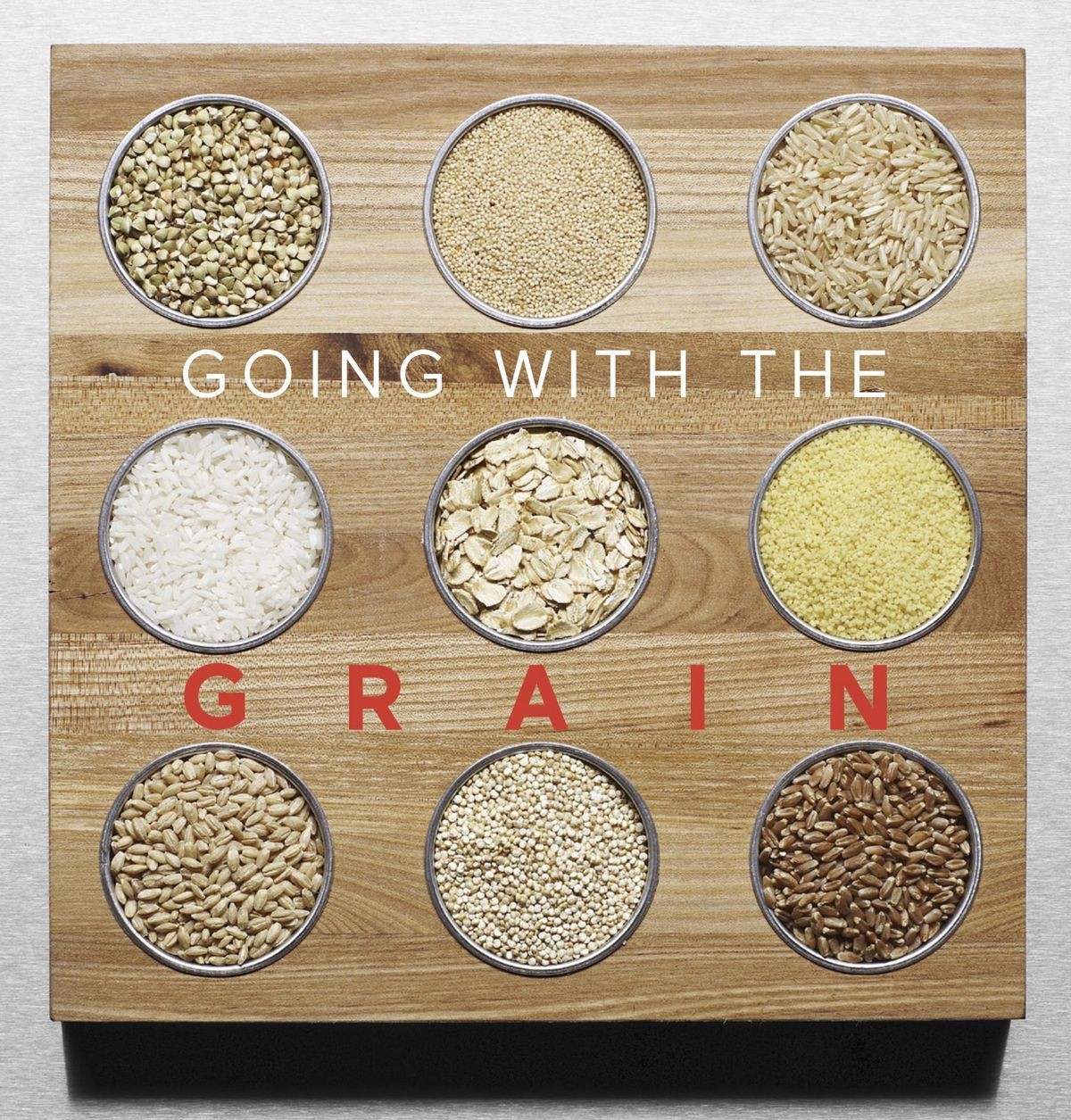
Contents
From A to Z, Gluten-Free Grains
Gluten, a protein found in wheat, barley, rye, and similar grains, is avoided by about one-third of Americans. While most people are aware of gluten in wheat, they may wonder if barley is gluten-free. However, there are a variety of grains that can be consumed while avoiding gluten.
Gluten is found in:
- Wheat
- Barley
- Rye
- Triticale, a blend of rye and wheat
- Specialized wheat grains like farro, spelt, Khorasan, emmer, and einkorn
- Products derived from these grains
Some food manufacturers add gluten to enhance flavor or texture, so it’s important to carefully read labels to avoid gluten.
Why go gluten-free?
Individuals with celiac disease must go gluten-free because gluten triggers an autoimmune response causing digestive problems and potential damage to the small intestines. Untreated celiac disease can lead to other health conditions. For those without celiac disease, a gluten-free diet may simply be a personal choice based on feeling better or perceiving better health benefits. However, eliminating whole grains without replacing them with nutritious alternatives may not necessarily improve health.
Gluten-Free Grains
Whether following a gluten-free diet or simply curious, there are a wide range of grain options available. Here are some examples:
1. Amaranth: A protein-rich grain with all nine essential amino acids. It can be cooked and used in various dishes.
2. Buckwheat: Not a type of wheat and has a low glycemic index. It can be used in pancakes and traditional dishes from different cultures.
3. Corn: Besides being a source of carbohydrates, corn is rich in B vitamins, minerals, and antioxidants like lutein and zeaxanthin.
4. Millet: A small-seeded grass that provides protein, fiber, and minerals. It can be cooked as a side dish, used for baking, or fermented.
5. Oats: Contains beta-glucan, which promotes a healthy gut. It is commonly used in breakfast foods, baked goods, and granola.
6. Quinoa: A complete protein with fiber and various minerals. It can be used as a rice substitute or in grain salads.
7. Rice: There are various types including white, brown, black, purple, and red rice. All are safe for those with celiac disease, but choosing whole grain rice provides more nutrients.
8. Teff: Contains high levels of calcium and antioxidants. It can be used in sweet and savory dishes.
9. Wild Rice: Not a true rice, but the seed of an aquatic grass. It is rich in vitamins, minerals, protein, and fiber.
Key Takeaways
Although avoiding gluten may be challenging, there is no need to eliminate grains entirely as there are plenty of gluten-free options available. By experimenting with gluten-free grains, you can discover new meal options and recipes while potentially improving your health.


